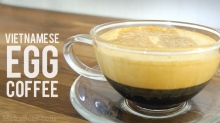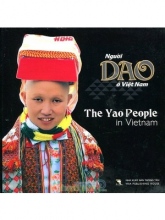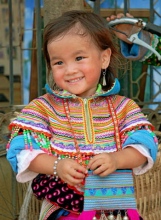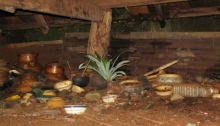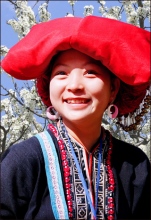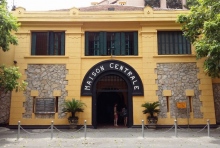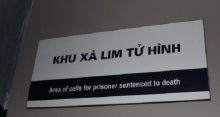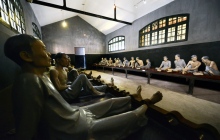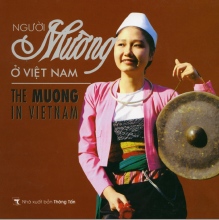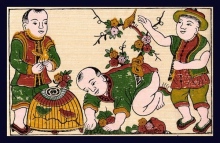News
Comparing to other provinces in the North, Hanoi food seem to be more fresh and diversified. Among many delicious food, one of the most must-try food for all visitors when travelling to Hanoi is Egg Coffee. Frankly speaking, Egg Coffee is the remarkable symbol of Hanoi’s coffee.
The Hmong, Yao, and Pathen with a population of 1.8 million live in the northern mountainous provinces, with a few groups living further south towards central Vietnam. The Hmong live in the highlands, while the Yao and Pa-then are concentrated mainly in the midlands.
The Hmong have been present since the late 19th cen-tury and early 20th century in the highlands and border re-gions, living on steep and high mountains. The region is suitable for special plants and for animal husbanddry, but soil for planting is limited. Agricultural products include maize, rice, vegetables, legumes, hemp, and cotton, Handi-crafts are highly developed, particularly the metalwork.
In the Jarai funeral ceremony, the tomb-abandoned rite at the end of the mourning period is especially important. This second funeral ritual sends the deceased spirit to the village of the dead, the other world of the ancestors in the west. Invocations express regret and sorrow, and release the unfortunate person to accept his permanent separa-tion from his homeland and community, as ordained by unchanging fate. In the past, the ceremony lasted five to seven days and nights, but today it has become shorter.
The Yao include numerous local groups, each with it's own charateristics of language, costume, and custom. The Yao have been in Vietnam since the 13th century, and live dispersed throughout most of the mountainous and midland provinces of the north. In the document Binh ho-ang khoan diep or Qua son bang, the dog-dragon Pan Hu (Ban Vuong) was identified as the Yao's founding ancestor. These documents of the migration history of the 12 origi-nal Yao lineages have been transmitted from generation to generation.
These cells were completely isolated from other cells of Hoa Lo prison to prevent death row inmates from communicating with the outside.
With a population of over 1,200,000 (2009 census), the Muong live mainly in Hoa Binh where the ancestral cen-ters of Bi, Vang, Thang, and Dong are located and also with other communities living in Thanh Hoa, Phu Tho and Son La.
Dong Ho is well-known for its hand-made woodblock prints, used especially for Tet. Woodblocks are printed on do traditional paper, covered with a layer of powdered shell.

